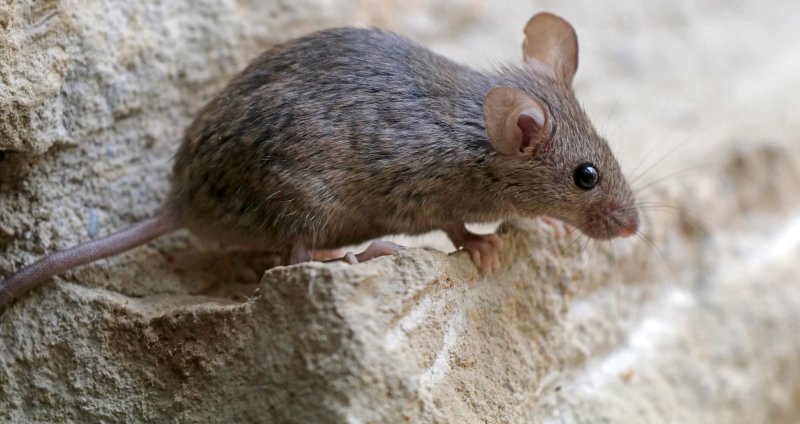Nearly 20 years ago, a new strain of mice debuted in a California laboratory. The mice were missing a gene called SCN2A that helps neurons transmit electrical currents. And the study announcing their genesis was the last word on the matter for many years.
About a decade later, the mouse’s creator, Maurice Montal, sacrificed the few animals left from the colony. He had sent some of his mice to other researchers, and some ended up with a team in Houston, Texas. But they, too, eventually stopped working with the strain.
…
In June 2016, Kevin Bender, an autism researcher, sent [researcher Edward] Glasscock an urgent request asking for the mice. Requests from two other autism researchers quickly followed. Soon the mice were populating labs in San Francisco, Baltimore, and France.
…
The first study on the mice came out in 2000, when researchers knew practically nothing about genes linked to autism. By 2014, a series of massive sequencing studies had generated a list of more than 60 genes with strong ties to the condition. SCN2A topped this list.
…
It took Bender a year from when he first found the paper to track the mice down in Glasscock’s lab and receive them. When the mice finally arrived, Bender and his team doted on the colony’s new founders—which led to a whole new line of research.
Read full, original post: “Retired” Mice Find New Life as Top Models for Autism































